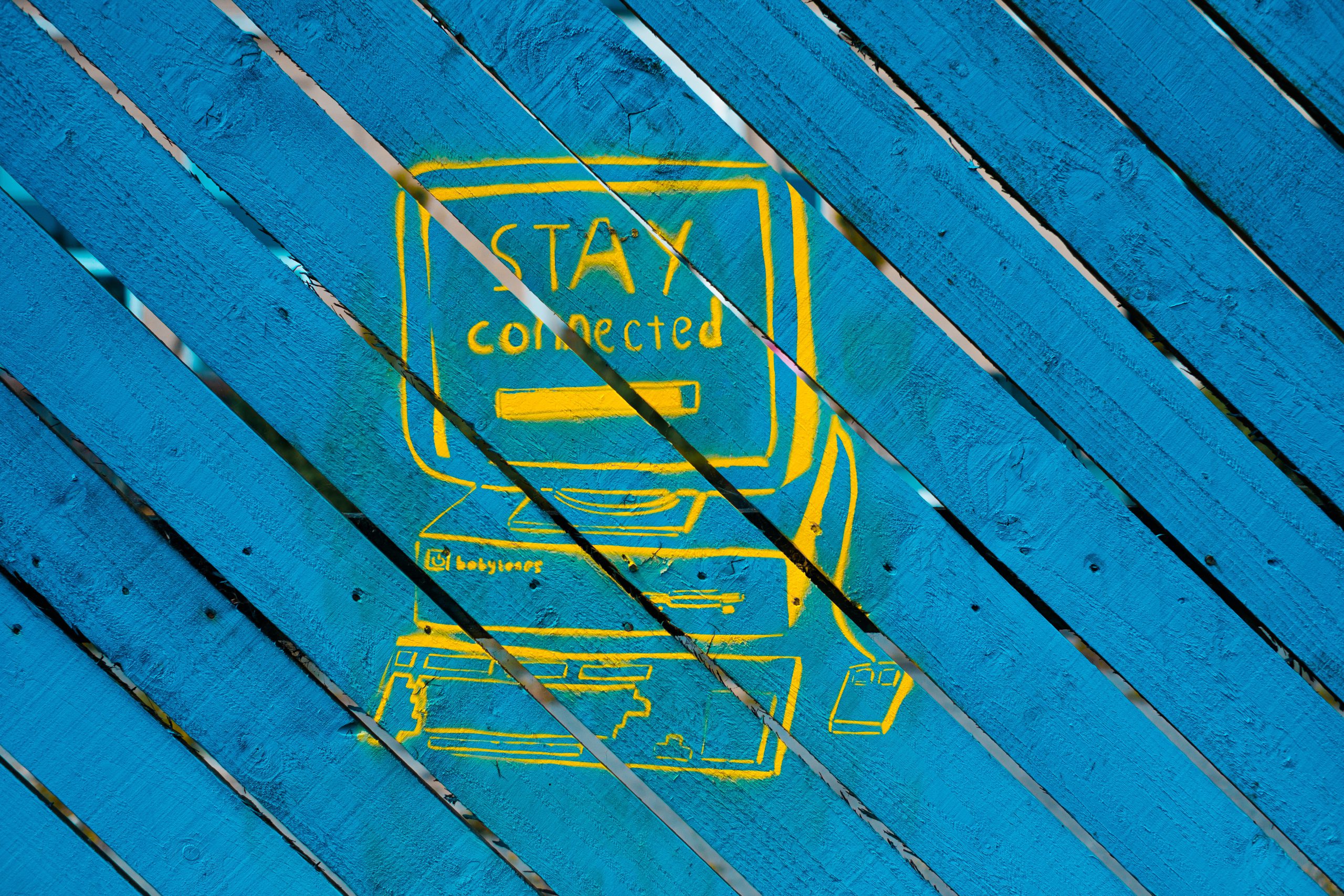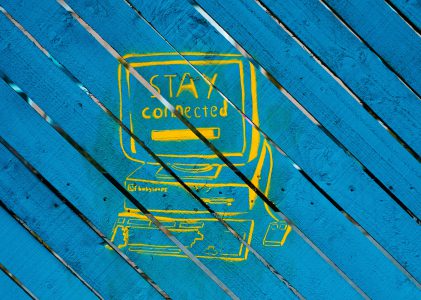
Dear readers,
I wanted to see if I could find one coherent, up-to-date, interesting, and relevant article/podcast/essay that delves into my topic of choice: fake news/misinformation/digital overload.
I didn’t find *one*. Just published in the last month, I found:
- 3,900,000 results for the term “misinformation”
- 3,810,000 results for the term “digital overload” (haha the irony)
- 81,400,000 results for the search term “fake news” (fun fact, the all-time count is at about 2,180,000,000)
Sure, there’s some overlap there for sure (interesting how close the terms “misinformation” and “digital overload” correlate), but that’s, like, a lot. More than I was planning on reading anytime soon for sure. So what do we do in this case? Well, statistically speaking, we stick to the top results displayed, which perfectly illustrates the point I made earlier about accessibility trumping (haha a pun) nuance, truth, and reliability. You know what they say – the least visited place on the internet is page 2 of the google search results.
But let me reiterate this: going with the easy option, the top recommendation, the thing shoved in your face matters. Not necessarily in a good way.

Repercussions and Implications
You see, sharing or buying into wrong information not only makes you look like a buffoon, but it can also be downright dangerous. I am fully aware of how lecturing that sounds – I know, I know, I’m not your real dad and can’t make you do anything – but keep in mind that social media platforms are not built on a foundation of ethics. Perhaps there are laws and regulations they need to abide by, sure, but those are taken into consideration by these platforms so that they may continue to operate, not because there is an intrinsic will to do good. Remember: clicks and revenue are the alpha and the omega, clicks, and revenue are all. To that end, you may find instances where Twitter is complicit in the organisation between different extremist jihadist movements, youtube suggests videos despite users having disliked or opted ‘not interested’ because these videos boost engagement, or amazon chiming in with a ‘frequently bought together’ suggestion of materials to DIY a bomb. The algorithm that facilitated these instances did not have the intention to cause harm – but neither did it consider harm when it came to optimising the user’s engagement in the first place. Anti-Vaxx, Covid-hoax, and shadow-world-government groups on Facebook are a different grade of this, but as Alice mentions, platforms like TikTok are really good at connecting people along shared fault lines, good at gathering and compounding political momentum… not so good at applying any ‘do no harm’ standards to pretty much anything that gets posted.
But what to do? In an intriguing recent post from Kat, a social media activist laments that digital media is simply the tools that we are given at this point in time and that activism works best by popular support (which digital platforms like TikTok or Instagram, or Twitter can absolutely supply). I guess that answer sits a little uneasily with me since that ‘make use of the mechanisms that work’ attitude stays awfully quiet on the quality of anything that gets shared. Remember when I mentioned in my first post that fake news spreads faster than legit stuff? Telling our posts to go forth and multiply may work if you know what you’re doing/are blessed with the Viral Fairy’s blessing/buy enough Twitter bots, but in no way does it ensure truthfulness or accuracy or integrity.

How to be a good user: a guide by yours truly
So how can people deal with all this stuff cluttering the web? I promised I’d pick this up again, so here are some thoughts that found traction with me, maybe they do for you, too.
- For yourself and what you post, like, share: take a self-reflected and nuanced view of what you come across, and don’t just take things at face value (especially when dealing with topics that tend to polarize people). I’m not saying you need to accept or entertain views that conflict with yours, but to be cognizant of the biases working within you and how those may not only influence your perception but also what you see in the first place.
- Fact check. Above I wanted to focus on the mindset/perception in which we operate online, this is a reminder that there are some more tangible boundaries, too. If you’re reading up on news, see what other news sites report on the same issue. If your influencer of choice is raging about chemtrails, maybe check to see what the scientific community says about that. There are heaps of info out there, yes. Some deserve more credit than others.
- Start a blog and call it “current media influencers” or something.
- Read the whole damn thing. Unfortunately, to grab attention and harvest tasty, tasty clicks, headlines are often balancing on the line of misinformation. Have you ever come across people arguing with one another in the comment section and it’s super obvious at least one of them didn’t even read the article? Don’t be that guy/gal.
- The third point was a joke.
Thank you very much for reading to the end and I look forward to lively discussions directly on the post’s “Comments” section as well as on Facebook and Twitter. I’d be super curious how you curate your exposure to stuff on the web, do any of the above points find practical appliances in your everyday lives? Am I screaming into the void or overreacting? And what is something you feel was missing in the analysis? I’m eager to know and to broaden my horizons. Thank you in advance for the engagement!
“Read” you next time!

